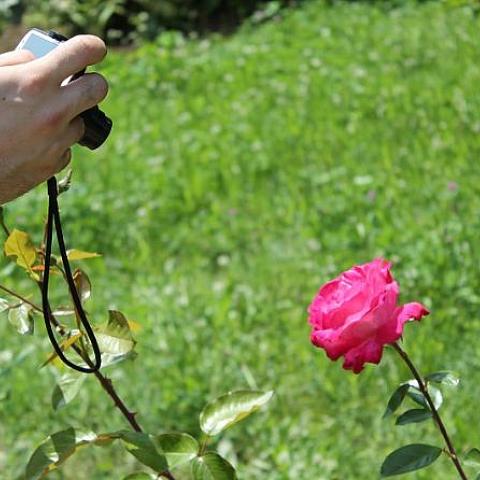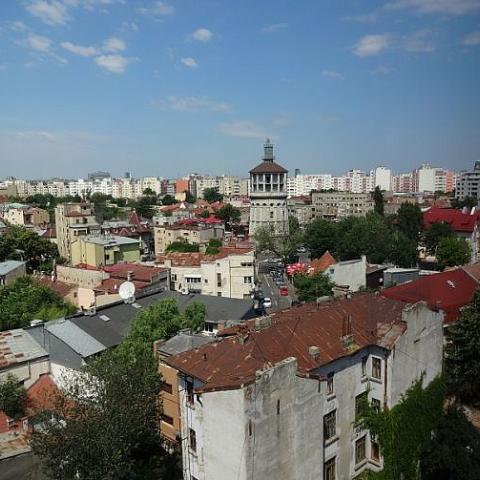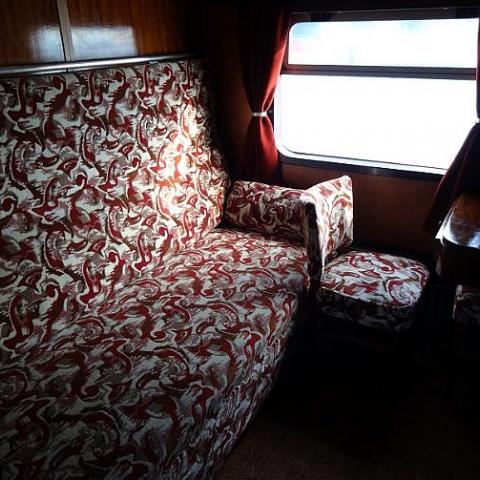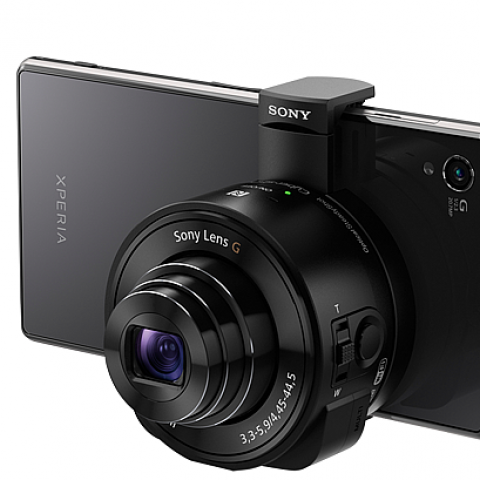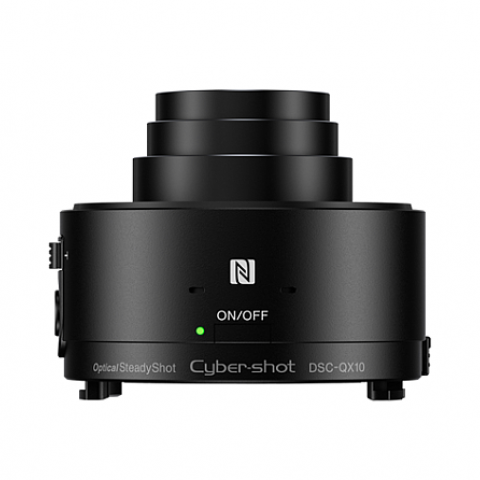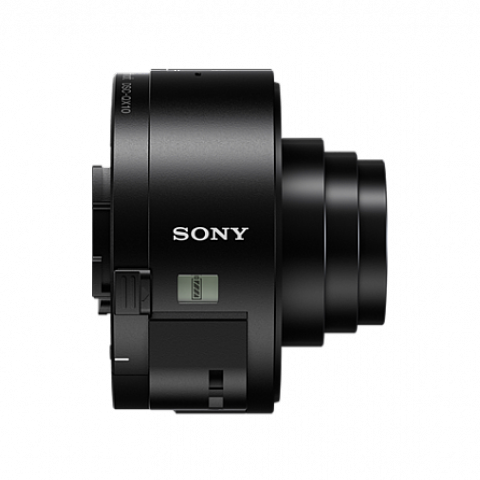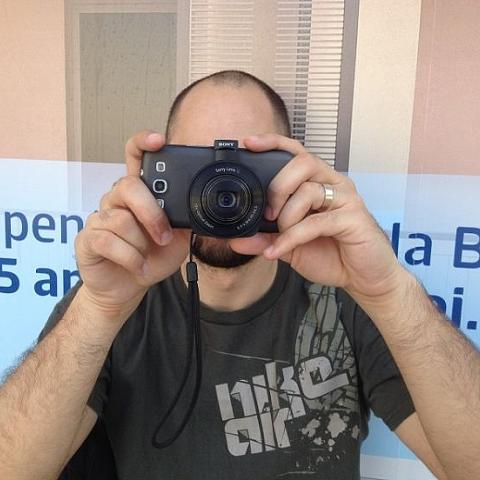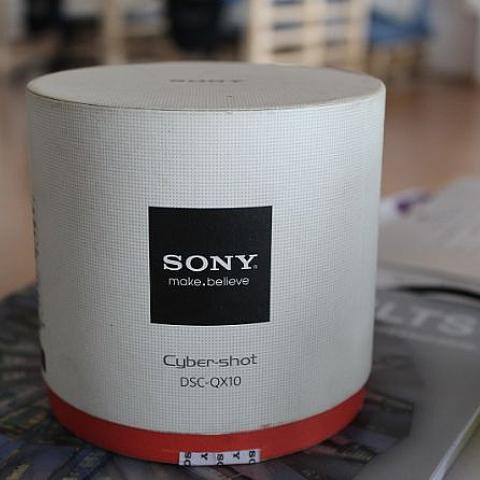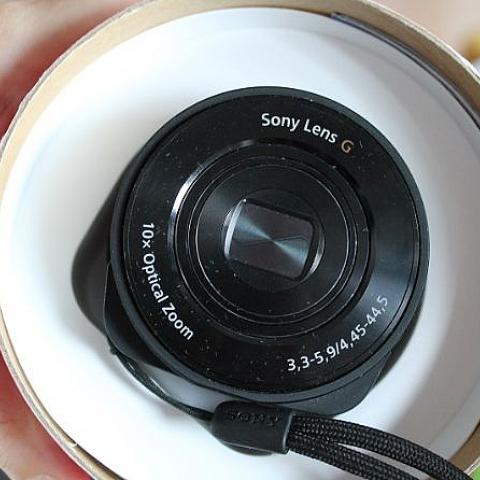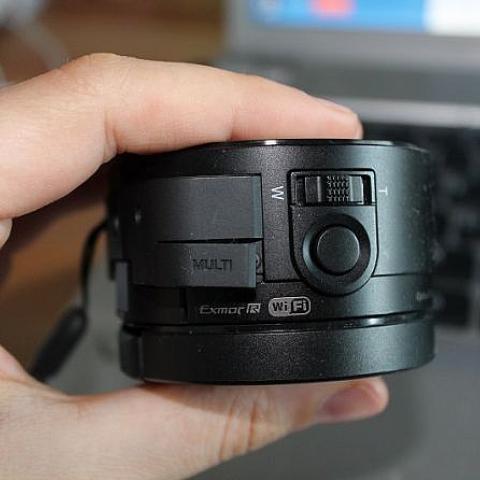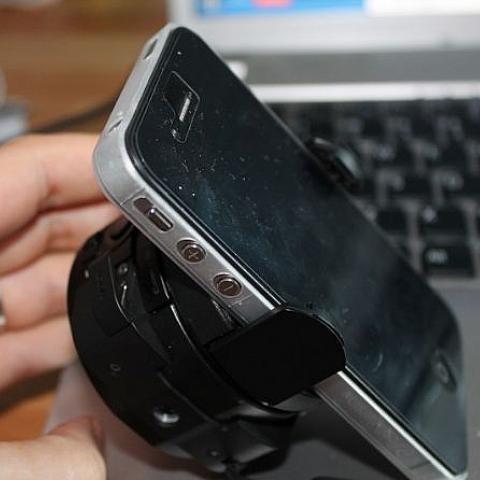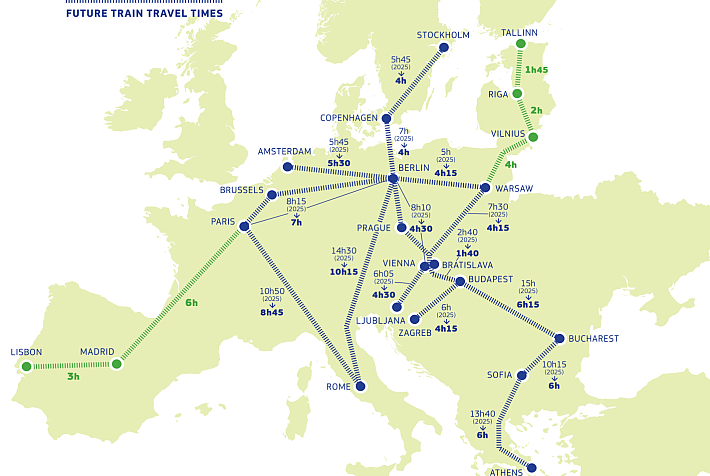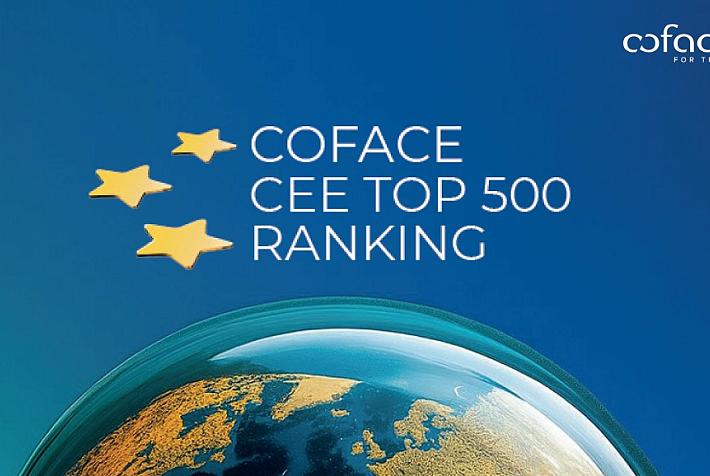Gadget review: The Sony Cyber-Shot QX10 camera – mother of all selfies?

The small and handy Sony Cyber-Shot QX10 camera that can be attached to a smartphone left mixed impressions on us, after almost a week of quite extensive use.
First off, it was an amazing discovery, as both of us were quite unhappy with our smartphone’s photo capabilities (my iPhone 4’s camera is pretty decent, but I was in need of more zoom, better clarity, and Andrei’s Samsung S3, which produces nice, vivid pictures, was pretty much suffering from the same issue, with the zoom capabilities among the weak points).
The Sony’s 18.9 megapixels and 10X zoom are well above what smartphone cameras can produce these days.
The SonyQX10 that we tried out is easy to use – a 5 minute demonstration and then a few more minutes figuring stuff on our own were enough to get it going. Basically, you need a microSD card if you want to save the high quality images the camera is able to produce. If you don’t have a microSD card, lower quality images will be saved into your phone. You also need to install an app called PlayMemories, available for both Android phones, and for iOS devices.
The phone can be connected to the camera/lens either via NFC for phones with that technology installed, or via wi-fi. For us, it was easier to use it with the Samsung via NFC, we just put the two devices close together, and the connection was quickly made. It took a bit more for the iPhone, as you had to select the camera from a list of available wi-fi connections each time you want to use it, and this restricted internet access via wi-fi. So better fit with devices with NFC, we believe.
In the begining, we used the lens without attaching it to any phone (it’s really light), and produced some cool, high quality selfies (after we figured out that we should be looking at the Sony camera when taking the pic, after checking how everything looked like on the phone’s screen).
We realized this feature could help in some less obvious cases, like when you want to spy on something happening or someone in another room, and you’re with your phone just around the corner (though I am not sure at what distance the connection between the camera and the phone stops working), or when you want to cut your hair at the back of your head (yes, that did happen while we tested it, and the outcome was satisfactory).
After a while, we connected the lens to the phone – the nice part is that it fits different devices, with its adjustable attachment system. It was much more comfortable to take pictures like this.
It can save images in different quality and size levels, [4:3] 18M (4896 x 3672) / 5M (2592 x 1944) [16:9] 13M (4896 x 2752) / 2M (1920 x 1080).
The largest format was comparable, if not even better sometimes, to our main camera’s, the Canon EOS 1100D. We tried to take similar pictures with the Canon and the Sony to notice if there were notable differences, and, for non-specialized users like ourselves, the quality matched quite well.
The zoom, which attracted us from the beginning, really made the camera stand out, and we were more impressed with it than we imagined we would. Not only that the image was steady even at maximum zoom level, it was also very clear (we took a pic of the top of the Intercontinental hotel from the other side of the Universitate square, near the BCR bank- pic below. That was much better than any of our smartphones, and than the Canon.
The three shooting modes, Intelligent Auto, Superior Auto, Program Auto, and the movie mode were simple enough so as not to annoy us (who wants to get lost in countless shooting modes, when we anyway end up using the auto? )
The beauty is that, once the camera bought, smartphones can come and go :)
There were some glitches however – the software froze on some occasions, without any visible reasons, even when the camera was attached (so very close) to the phone. That required a re-start of the software, connecting to the camera again, so we lost some shooting opportunities. This, together with the extra time needed to open the connection, and so forth, is why the camera is probably not that well suited for live action. But it will work very well for anything else, where time is not that much of the essence.
Among the negative feedbacks mentions by some of our colleagues were the bigger size (some would prefer a smaller size lens for smartphones), and the too long connection process between camera and phone.
They say the battery lasts for about an hour – it can be easily charged with an USB cable to the computer – but I think it lasted a bit more than that for us.
I think the camera can be a hit among selfie fans. When detached from the phone, it was indeed a great selfie experience, compared to most smartphones, whose front camera is never as good as the back camera, and for sure not as good at 18 megapixels! The Sony X10 can be even placed at a reasonable distance from the person/group, and can be controlled from the phone (make some tests to see what the most suitable distance is for your phone-camera connection).
The X10 camera comes in black and white (if color matters – and it might when you’re attaching a black camera it to your white phone), and it has a ‚sister’, the X100, slightly bigger, 20 megapixels, equipped with the Carl Zeiss Vario-Sonnar lenses.
The Sony QX10 sells for prices between RON 925 (at Evomag.ro), RON 949 (at f64.ro), and RON 949 (Altex) – so the equivalent of some EUR 210-EUR 215.
Below are some pictures shot with this camera – resized for the web, however, and some images showing the camera in action. More pictures taken with this camera are included in the galleries here and here.
Corina Chirileasa, corina@romania-insider.com
(photo copyright: Corina & Andrei Chirileasa for Romania-Insider.com, Sony.com)







